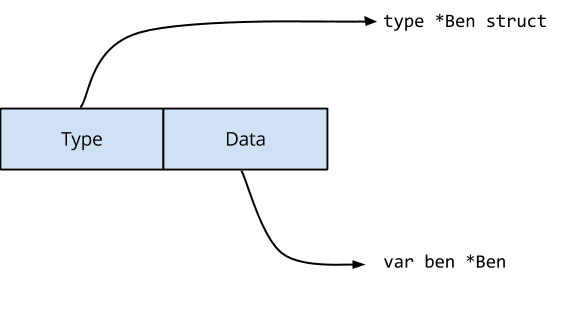Panic messages from unexpected program crashes are often reported on the Go issue tracker. An overwhelming number of these panics are caused by data races, and an overwhelming number of those reports centre around Go’s built in map type.
unexpected fault address 0x0
fatal error: fault
[signal 0x7 code=0x80 addr=0x0 pc=0x40873b]
goroutine 97699 [running]:
runtime.throw(0x17f5cc0, 0x5)
/usr/local/go/src/runtime/panic.go:527
runtime.sigpanic()
/usr/local/go/src/runtime/sigpanic_unix.go:21
runtime.mapassign1(0x12c6fe0, 0xc88283b998, 0xc8c9b63c68, 0xc8c9b63cd8)
/usr/local/go/src/runtime/hashmap.go:446
Why is this so ? Why is a map commonly involved with a crash ? Is Go’s map implementation inherently fragile ?
To cut to the chase: no, there is nothing wrong with Go’s map implementation. But if there is nothing wrong with the implementation, why do maps and panic reports commonly find themselves in close proximity ?
There are three reasons that I can think of.
Maps are often used for shared state
Maps are fabulously useful data structures and this makes them perfect for tasks such as a shared cache of precomputed data or a lookup table of outstanding requests. The common theme here is the map is being used to store data shared across multiple goroutines.
Maps are more complex structures
Compared to the other built in data types like channels and slices, Go maps are more complex — they aren’t just views onto a backing array of elements. Go maps contain significant internal state, and map iterators (for k, v := range m) contain even more.
Go maps are not goroutine safe, you must use a sync.Mutex, sync.RWMutex or other memory barrier primitive to ensure reads and writes are properly synchronised. Getting your locking wrong will corrupt the internal structure of the map.
Maps move things
Of all of Go’s built in data structures, maps are the only ones that move data internally. When you insert or delete entries, the map may need to rebalance itself to retain its O(1) guarantee. This is why map values are not addressable.
Without proper synchronisation different CPUs will have different representations of the map’s internal structure in their caches. Although the language lawyers will tell you that a program with a data race exhibits undefined behaviour, it’s easy to see how having a stale copy of a map’s internal structure can lead to following a stale pointer to oblivion.
Please use the race detector
Go ships with a data race detector that works on Windows, Linux, FreeBSD and OSX. The race detector will spot this issue, and many more.
Please use it when testing your code.



